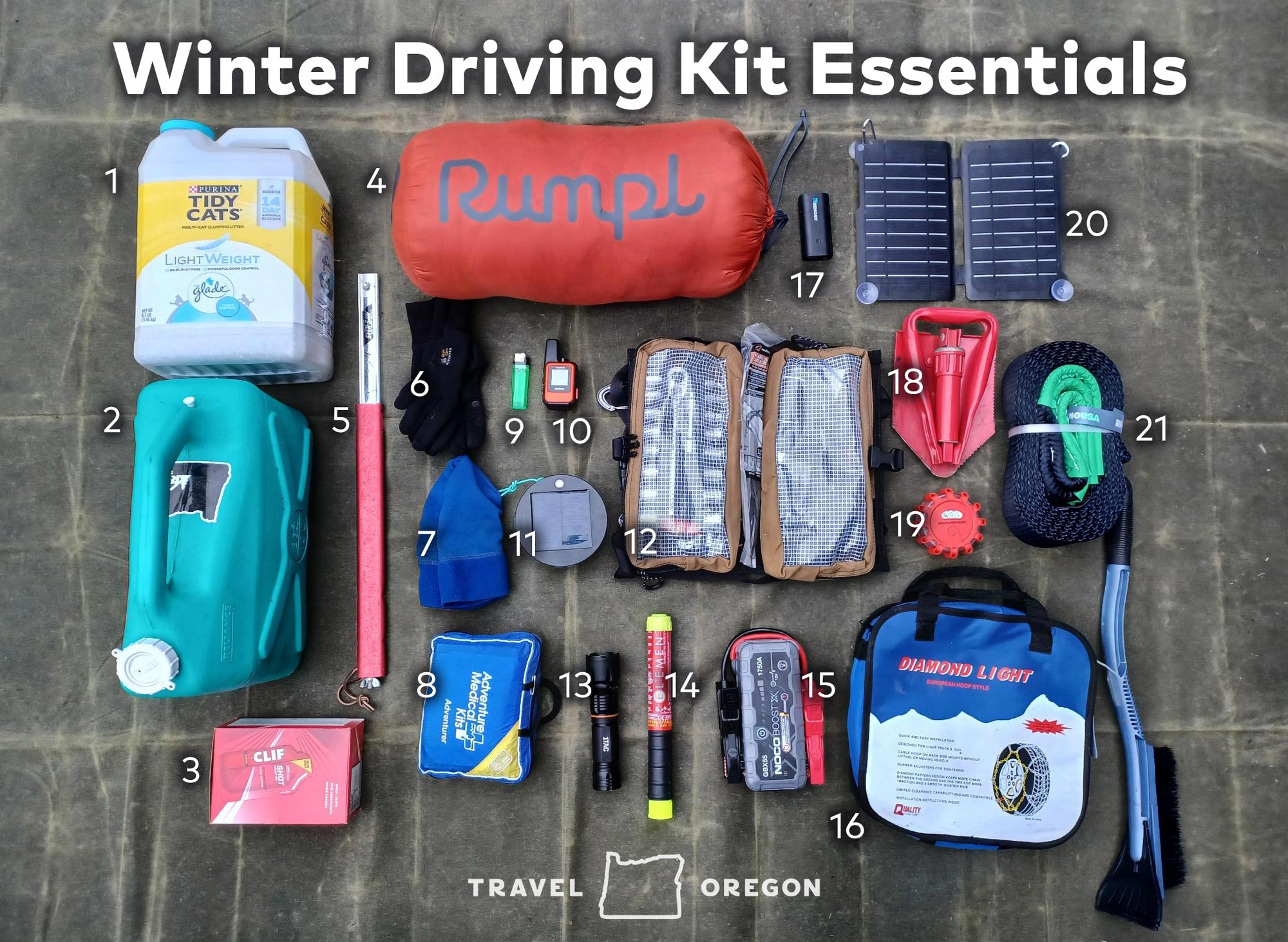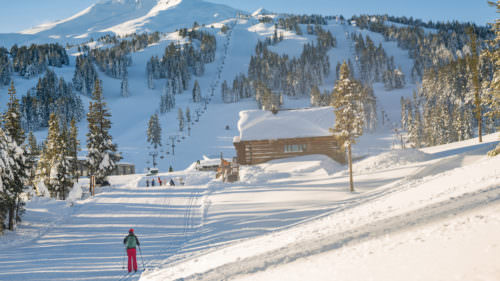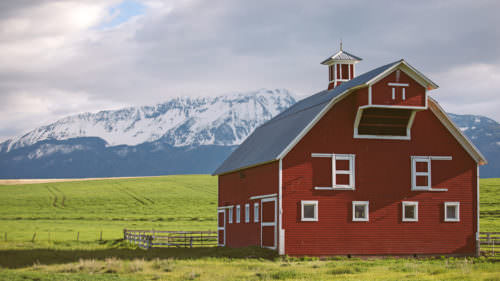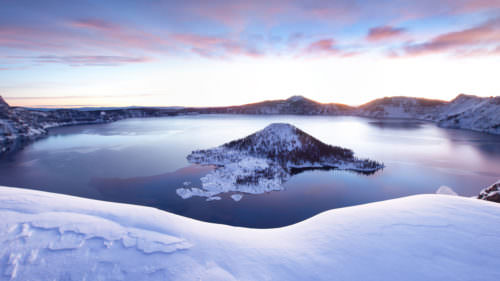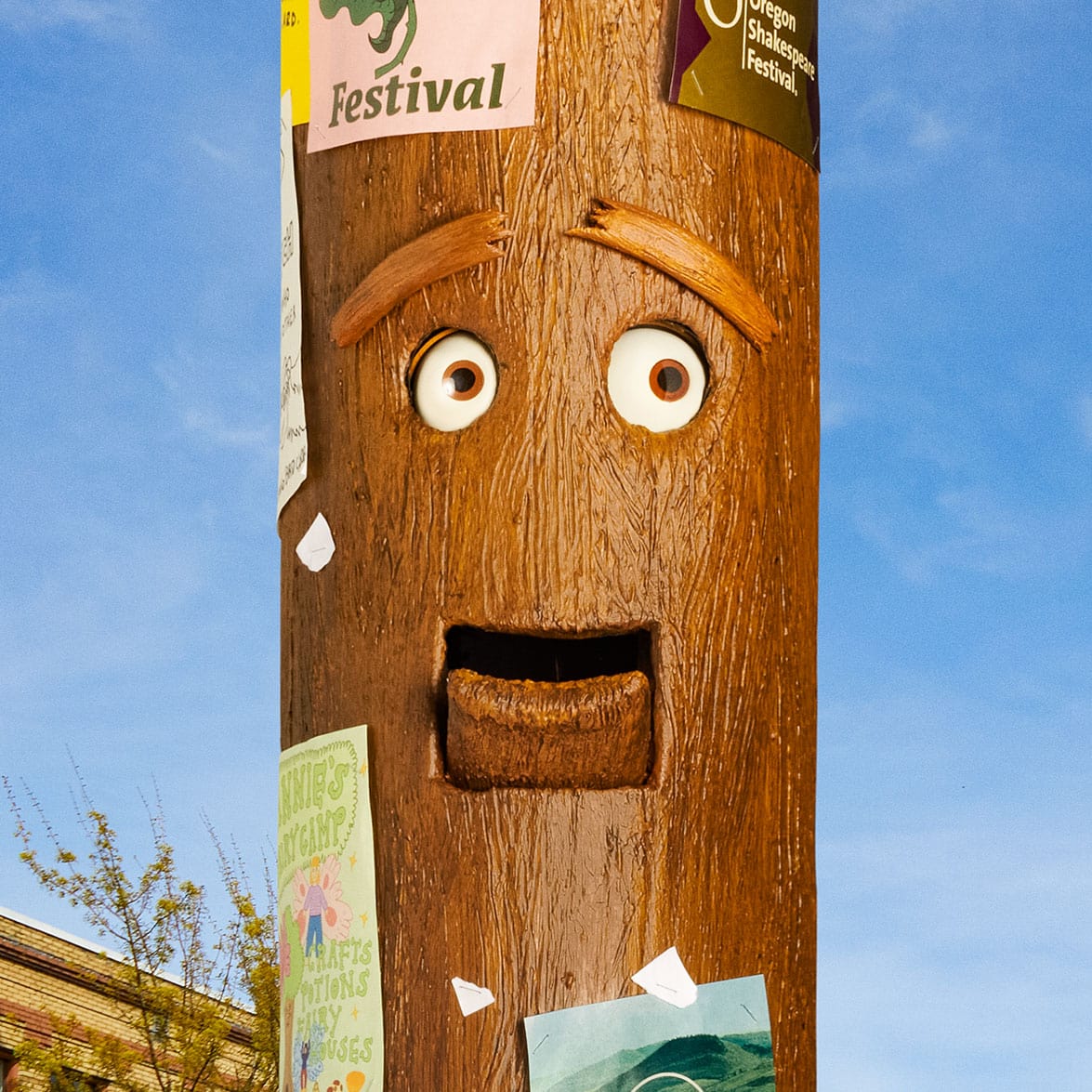There’s no other joy quite like romping in the snow — hearing the swish-swish of your skis on the slopes at Mt. Bachelor, tubing or tossing snowballs at a sno-park near Mt. Hood, or taking a guided snow tour through a silent forest, flurries falling all around like a giant snow globe.
Oregon’s beloved wintry weather has arrived, with plenty of outdoor-recreation opportunities in wide-open spaces and fresh air. Here’s how to stay safe in the snow in Oregon this year.
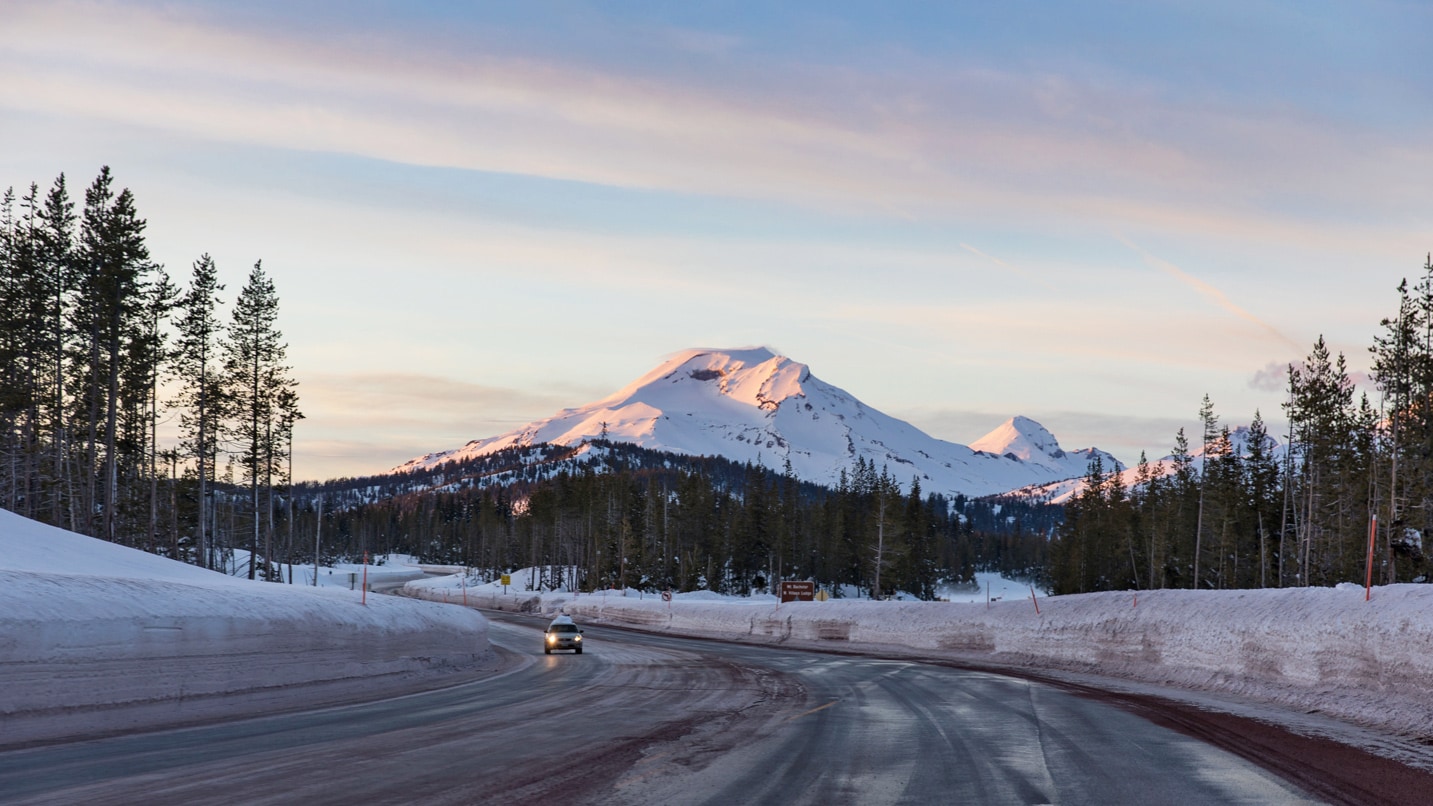
How Are Your Winter Driving Skills?
Before you head out to your snow area, it’s vital to check road and weather conditions. If it’s not shaping up for you, turn back and plan to return another day — the slopes can wait. Some of us grew up in places where it was natural to drive in the snow; others, not so much. Either way, here are some winter driving tips to keep you and your loved ones safe:
- Make sure your vehicle has clean headlights, good brakes, working windshield wipers and good tires. Get your brakes and tires checked beforehand — tires should be properly inflated and have plenty of tread.
- Carry chains and know how to use them. If you don’t have traction tires, practice installing chains on your car.
- Check weather and road conditions on your route before you go at TripCheck (which also has live cameras) or by dialing 511. Allow extra travel time when it’s snowing and head out with at least a half a tank of fuel, just in case of emergency.
- Consider public transit for visiting Mt. Hood: Visit Mt Hood Express to learn about park and rides and schedules.
- Turn on your headlights to increase your visibility.
- Always keep your eyes peeled for dangerous patches of black ice on shaded spots on the edge of a roadway — most common in the early morning when temperatures are lowest.
- Accelerate and decelerate slowly and gently to avoid skids, especially on ice (never use cruise control). Slow down when approaching off-ramps, bridges and shady spots where snow lingers longer. If the wheels lock up, ease off the brakes.
- Keep about three times the distance as usual between yourself and the vehicle in front of you in case there’s a spinout or incident up ahead. There is less traction on slick, snowy roads.
- While you’re driving, turn down the music and focus fully on the road, especially in dark or powdery conditions.
- If in doubt, look to book a guided snow tour with shuttle transportation to your destination.

Take Extra Caution in These Areas
Highway 22
If you’ll be traveling in the Salem area near Santiam Canyon, know that Highway 22 is still prone to mudslides, which become a concern with winter rainfall. Here and in other wildfire-impacted corridors, watch for work crews, follow reduced speed limits and use extreme caution driving through the area. Fill your gas tank and pack plenty of food, water and supplies for your trip.
Interstate 84
Many of Eastern Oregon’s best winter destinations are located just off I-84, from snowshoeing at Meacham Divide/Mt. Emily Sno-Park near La Grande, to backcountry skiing in the Eagle Cap Wilderness near Joseph, to downhill skiing at Anthony Lakes Mountain Resort in North Powder. Yet the four-lane highway, which stretches from Portland to Idaho and Utah, is known to have inclement weather that causes difficult driving conditions and closures. Particularly between Pendleton and Ontario, pay attention to significant grade increases and wind tunnels that can cause whiteouts and affect visibility. Be prepared to drive under the speed limit and look for ODOT warning signs.
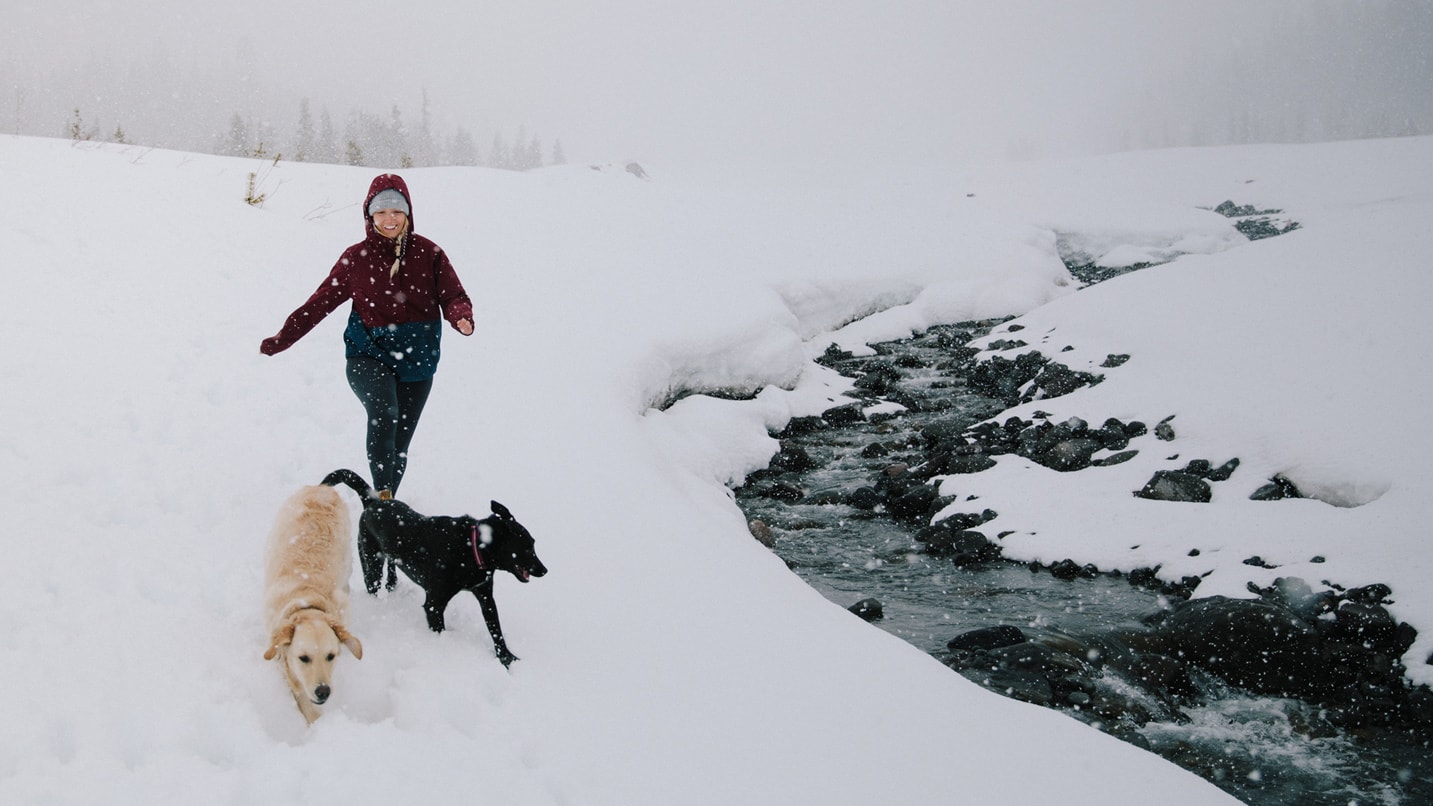
Be a Good Steward
If you aren’t crazy about waiting for parking and sharing your space with a large crowd, it’s wise to have a Plan B and Plan C at the ready. It’s also smart to go midweek and come early for fewer crowds, since parking lots tend to fill up fast.
Keep in mind that it’s up to individuals to recreate responsibly. If you don’t want to see trash (including broken sleds and tubes, hand warmers, candy wrappers, water bottles and especially pet waste) in the snow, take care to leave the space cleaner than you found it.
Keep a close eye on pets and children, and don’t forget plenty of water and snacks (pro tip: don’t forget the thermos of hot cocoa or coffee). Sunscreen, too, is essential — don’t underestimate the strength of those rays even if they’re hidden behind the clouds.
If You Go:
- Read more about the latest ski conditions and events. Check in with the ski resort you’re headed to.
- Crater Lake National Park is a favorite spot for snowy activities, but some amenities and entrances are closed this season. It’s vital to check the park’s alerts page for up-to-date information.
- Find everything you need to know about how to play at Mt. Hood’s sno-parks and how to play at Central Oregon’s sno-parks, and check directly with the Willamette National Forest, Deschutes National Forest or wherever you’re headed for the most up-to-date info on conditions at these sno-parks.
- Pack a winter car kit before you head out. It might include: 1) kitty litter (for traction), 2) 3 gallons of water, 3) extra food, 4) blanket, 5) folding saw (for downed trees), 6) fleece gloves, 7) fleece beanie, 8) first aid kit, 9) lighter, 10) satellite texting/emergency device, 11) solar lantern, 12) toolkit, 13) flashlight, 14) fire extinguisher, 15) portable jump starter, 16) tire chains, 17) USB battery, 18) collapsible shovel, 19) road flares, 20) solar panel for charging devices, 21) tow rope, 22) ice and snow scraper.
